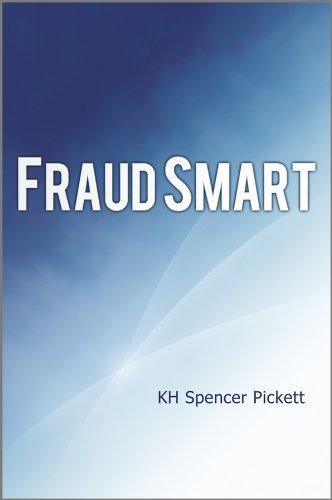Answered step by step
Verified Expert Solution
Question
1 Approved Answer
A project has annual cash flows of $4,000 for the next 10 years and then $7,500 each year for the following 10 years. The IRR



Step by Step Solution
There are 3 Steps involved in it
Step: 1

Get Instant Access to Expert-Tailored Solutions
See step-by-step solutions with expert insights and AI powered tools for academic success
Step: 2

Step: 3

Ace Your Homework with AI
Get the answers you need in no time with our AI-driven, step-by-step assistance
Get Started


